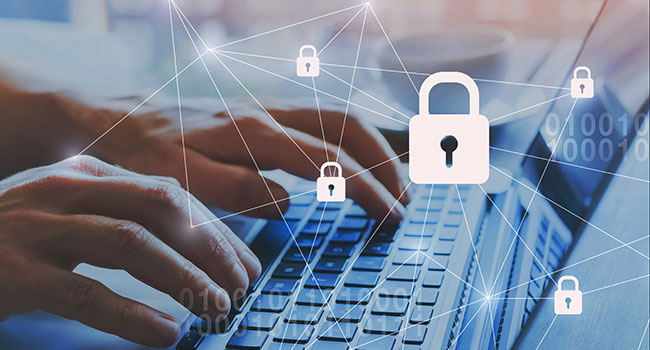
Integrating Networking and Security
- By Michael Wood
- Jan 27, 2022
The security approaches we counted on to secure our networks and protect our IT resources against attackers are no longer up to the task. As proof, you don’t have to look far too see that some of the most devastating cyberattacks ever have occurred over the past year, with the Colonial Pipeline and SolarWinds attacks being a couple of the most well known in a long list. It is clear that the decades old platforms we founded our businesses on and their vulnerabilities being exploited by today’s sophisticated attacks are contributing to existing network weaknesses. Wide area network (WAN) technology, for example, has not changed much in more than 20 years.
With the integration of personal apps and business-critical apps on user devices, now is the time to redesign the network for the future. With current network foundations so established, the futureproofing of our networks can prove to be a significant undertaking.
Secure Access Service Edge (SASE), a term Gartner introduced in 2019, has quickly become a popular and well-established solution in organizations’ journeys to update the security and functionality of their networks required in today’s work-from-anywhere environment.
SASE is the integration of networking capabilities and security solutions, along with analytics, in one unified platform – for example, the joining of software-as-a-service (SaaS) and firewall-as-a-service (FWaaS). While rapidly emerging, this approach is proving successful as organizations roll out more secure and higher performing networks.
The Post-2020 Journey
Enterprises have migrated for years to more agile solutions away from traditional on-premises security and networking platforms. The events of 2020 highlighted the new work-from-anywhere needs for organizations and accelerated this migration. The new networking and security needs of an instant remote workforce forced businesses to quickly refocus their efforts and rapidly adapt.
Traditional SD-WAN solutions have long been the popular software-defined architecture for delivering on these types of requirements, but they no longer address all challenges faced by organizations, particularly when it comes to security. The need for further evolution has opened the door for new solutions, such as SASE, to emerge to address these growing needs.
SASE Proves up To Today’s Challenges
The capabilities delivered by highly integrated and full-functions SASE solutions position organizations well in the ever-evolving cyberthreat landscape. Agility and flexibility are key advantages for SASE, which can be deployed through the cloud, enabling organizations to apply security controls in any area of the network, across multiple locations. These advantages help strengthen a company’s line of defense by eliminating the risk of security gaps, deploying consistent policies and controls, as well as reducing the overall cost because organizations eliminate the need to pay for multiple solutions for each area of the network.
According to a 2021 survey, 87 percent of organizations have already adopted VPNs or SASE, or are considering adopting SASE within the next year. With 32 percent of organizations surveyed worried about protecting the company network from security threats, it is clear how the priorities are stacking up for leaders faced with these challenges.
Not only does SASE enhance the level of network security applied, it also ensures the required service levels of the network are met across the board. In today’s remote and work-from-anywhere environments, the ability to manage both network performance and security from a single platform proves advantageous.
The Integrated Solution Advantages
SASE is a proven approach for any organization, especially because of how easy it is to apply to the network. With just one existing SASE solution, organizations can simply expand their service to cover more areas of the company. Adopting SASE is not a major endeavor, which involves rip and replace of the entire network. Instead, teams can start small and tackle one area at a time, adding SASE services as they expand.
Awareness is critical for the progress of SASE. It is important to understand solutions, and how the right solution can be implemented. As it stands, according to the survey only 31 percent of teams can correctly define what SASE is, and 13 percent of organizations not planning to deploy SASE admitted to not knowing the service’s actual benefits.
To support long-term work-from-anywhere workforces, organizations need to invest in future-proof solutions that enable them to operate both physically and digitally to keep up with the changing networking and security needs of the business. One of the most important advantages organizations can leverage does not have to manage networking and security as two separate entities. With advanced SASE solutions tightly integrating these functions, organizations automatically reduce the amount of time and resources needed to run them, and can instead focus on other high-priority areas of the business.
This article originally appeared in the January / February 2022 issue of Security Today.